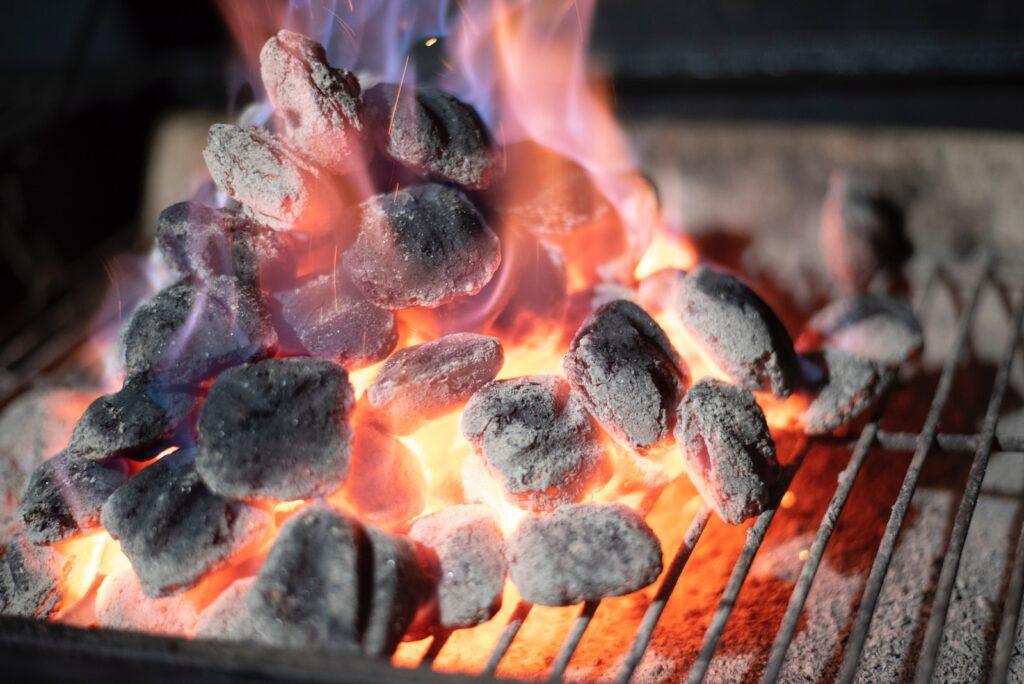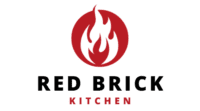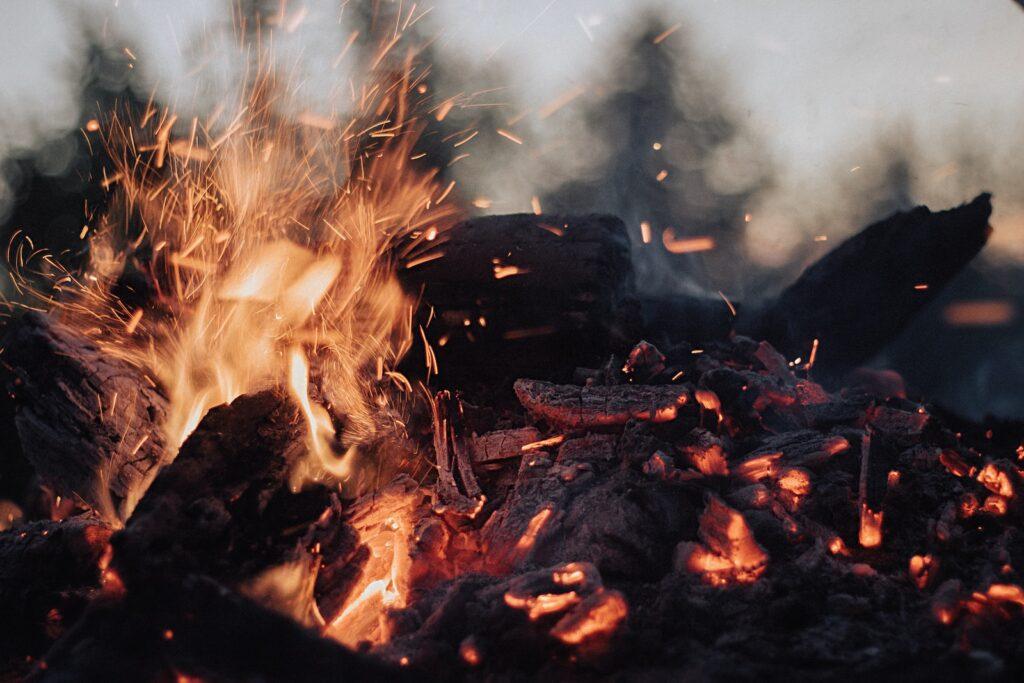Grilling with charcoal is an age-old tradition that continues to captivate grillmasters and food enthusiasts alike. The alluring smoky flavor it imparts on everything from succulent chicken to delectable seafood makes it an irresistible choice for many outdoor cooking enthusiasts.
However, mastering the art of charcoal grilling requires more than just lighting up a fire. To truly elevate your grilling game and achieve grillmaster status, follow these 10 expert tips.
What Exactly is Charcoal?
Before we dive into our expert tips, let’s take a moment to understand what charcoal is and how it’s made. Charcoal is produced by burning cooking hardwood at high heat in a low oxygen environment until it carbonizes or chars. When charcoal is lit, it combines with oxygen, producing a significant amount of energy. In fact, charcoal produces more energy per ounce than raw wood, making it an efficient and steady fuel source that burns hot and clean.
The two main types of charcoal you’ll encounter are charcoal briquettes and hardwood lump charcoal. Charcoal briquettes are made from sawdust and leftover woods, combined with binders to hold them together. They are uniform in shape and size, ensuring consistent burning and longer cook times. On the other hand, hardwood lump charcoal is made from natural wood pieces and varies in size and shape. It offers a distinct smoky flavor and burns hotter, making it a favorite among grillmasters.

Expert Tips for Grilling with Charcoal
1. Use a Charcoal Chimney to Get Started
Starting a charcoal grill can be a bit time-consuming, but using lighter fluid is not the best option as it can affect the flavor of your food. Opt for a charcoal chimney instead. Simply pack the bottom of the chimney with crumpled paper and fill the top with charcoal. Light the paper, and in about 15 – 20 minutes, your charcoal will be perfectly heated. Pour it into the base of your grill using a heat-resistant grill glove.
2. Don’t Overdo It with Charcoal
The amount of charcoal you use depends on your desired cooking temperature. For high heat (450 degrees Fahrenheit or more), fill the chimney entirely. For medium heat (350 to 450 degrees Fahrenheit), fill the chimney halfway to three-quarters full. Finally, for low and slow cooking (250 to 350 degrees Fahrenheit), a quarter of the chimney will suffice.
3. Avoid Pre-Coated Briquettes
To preserve the natural flavors of your food, avoid using briquettes that come pre-coated in lighter fluid. Opt for natural charcoal and light it with a chimney to achieve that authentic smoky taste.
4. Wait for Your Charcoal to be Ready
Patience is key when grilling with charcoal. Wait until your charcoal is fully gray-white hot in the chimney before adding it to the grill. This ensures better temperature control during cooking.
5. Enhance the Flavor with Wood
For an added depth of smoky flavor, include some dried wood chunks on top of your charcoal. Different woods impart distinct flavors; try hickory, walnut, mesquite, cherry, or apple wood. If grilling at higher temperatures, soak wood chips before use.
6. Set Up a Two-Zone Grill
To have flexibility while cooking, set up a two-zone grill. Distribute at least 75% of the briquettes or lumps on one side, creating two temperature zones – indirect heat and direct heat. This allows you to sear and roast on the same grill and gives you control over different temperatures and speeds.
7. Preheat the Grill and Oil the Grates
Just like preheating an oven, ensure your grill is preheated before adding food. Allow the lit charcoal to heat the grill with the lid closed for 5 to 10 minutes. Don’t forget to oil the grill grates before cooking to prevent sticking and achieve those desirable grill marks.
8. Utilize the Grill Vents
Properly regulate the grill’s temperature by controlling the airflow through the top and bottom vents. More airflow results in higher temperatures, while less airflow lowers the temperature.
9. Safely Extinguish the Charcoal
After grilling, extinguish the charcoal by closing all air vents to snuff out the fire. Wait 24 hours before cleaning out the ash to ensure there are no smoldering embers.
10. Keep Leftover Charcoal Fresh
Store any leftover charcoal properly by sealing the bag tightly and keeping it away from moisture. Dry and fresh charcoal perform best, and if stored correctly in a cool, dry place, it can last 1-2 years.
Conclusion
Grilling with charcoal can seem intimidating at first, but with the right knowledge and expert tips, you can master this time-honored cooking method. By using a charcoal chimney, regulating the amount of charcoal, avoiding pre-coated briquettes, and setting up a two-zone grill, you’ll elevate your grilling game to new heights. Don’t forget to preheat the grill, utilize the grill vents, and safely extinguish the charcoal for the best grilling experience. With proper storage, your charcoal will always be ready to fuel your culinary adventures.
Now that you’re armed with these insider tips, you have the foundation to become a true grillmaster. The passion and dedication of our grillmasters shine through in these invaluable tips. So, fire up your grill, gather your favorite ingredients, and let the tantalizing aroma of charcoal grilling captivate your senses as you create culinary masterpieces that will impress family and friends alike.
Remember, grilling is an art form that brings people together, and there’s no better way to celebrate the joys of good food, good company, and good times than by mastering the art of charcoal grilling. Happy grilling!
FAQs About Charcoal Grilling
How long do you let charcoal burn before cooking?
The time required to let charcoal burn before cooking depends on the type of charcoal used and the desired cooking temperature. Generally, it takes about 15 to 20 minutes for charcoal to heat up and be ready for cooking after being lit in a charcoal chimney. Wait until the coals are gray-white and glowing, indicating that they have reached the right temperature for grilling.
What is the trick to charcoal grilling?
The trick to charcoal grilling lies in achieving and maintaining the right temperature. Use a charcoal chimney to light the coals without using lighter fluid for better flavor. To control the temperature, utilize the grill vents properly—open the vents wider for higher temperatures and close them slightly for lower temperatures. Setting up a two-zone grill with direct and indirect heat areas allows you to cook different foods at various temperatures.
Do you leave the lid open or closed when heating charcoal?
When heating charcoal, it’s best to leave the lid of the grill open. Allowing air to circulate freely helps the coals ignite and heat up faster. The open lid also prevents any buildup of harmful gases that might occur if the lid were closed during the initial heating process.
Do you let charcoal burn out before cooking?
Yes, it is essential to let the charcoal burn out before cooking. Wait until the coals are fully gray-white and have stopped producing significant amounts of smoke. This ensures that any undesirable flavors from unlit charcoal or lighter fluid have dissipated, giving you a clean and consistent heat source for cooking.
Is it OK to add more charcoal while cooking?
Adding more charcoal while cooking is possible, especially for longer cooking sessions. However, it’s essential to add pre-lit charcoal to the existing coals. Adding unlit charcoal can lead to inconsistent heat and may disrupt the cooking process.
Do you open or close the vents on a charcoal grill?
You can regulate the temperature of a charcoal grill by adjusting the vents. To increase the temperature, open the vents wider to allow more oxygen, thus intensifying the heat. Conversely, if you want to lower the temperature, close the vents slightly to reduce the airflow and decrease the heat.
Can you reuse charcoal that didn’t burn?
Yes, you can reuse charcoal that didn’t burn completely in your next grilling session. After you’re done cooking, close all the air vents to snuff out the fire and save any unburned charcoal. Make sure to store the remaining charcoal in a dry place with the bag tightly sealed to prevent moisture from affecting its performance.
How do you know when charcoal is ready for food?
Charcoal is ready for cooking when it has turned gray-white and is producing consistent heat. You can check its readiness by carefully placing your hand near the coals (but not touching them) to feel the intensity of the heat. Additionally, a good indicator is when the charcoal has stopped producing significant amounts of smoke.
How do I keep charcoal burning?
To keep charcoal burning steadily, ensure a good airflow by using a charcoal chimney to light the coals. Make sure to spread the coals evenly and provide ample oxygen to maintain a steady burn. Managing the vents properly will also help control the airflow and keep the charcoal burning consistently.
Why do you put salt on a charcoal grill?
Putting salt on a charcoal grill is a technique known as “cleaning the grates.” Salt is abrasive and helps remove grime, charred bits, and leftover food particles from the grill grates. It’s a natural and effective way to clean the surface before cooking and prevent the food from sticking to the grates.
What not to do with a charcoal grill?
When using a charcoal grill, avoid the following:
- Using lighter fluid after food is already on the grill to prevent harmful fumes from affecting the food.
- Cooking with unlit or partially lit charcoal, as it can lead to inconsistent heat distribution.
- Overcrowding the grill with too much food, which can hinder proper airflow and cooking.
- Adding lighter fluid to already-lit coals, as it may cause flare-ups and uneven cooking.
What is the 3-2-1 method on a charcoal grill?
The 3-2-1 method is a popular technique for smoking ribs on a charcoal grill. It involves three stages:
- Smoke the ribs uncovered for three hours to infuse them with smoky flavor.
- Wrap the ribs in foil with some liquid (such as apple juice) and cook for two more hours to tenderize the meat.
- Unwrap the ribs and cook them for one more hour, basting with barbecue sauce to caramelize and glaze the ribs.
Does closing the vent on a charcoal grill make it hotter?
No, closing the vents on a charcoal grill reduces the airflow, which ultimately lowers the temperature. If you want to increase the heat, open the vents wider to allow more oxygen into the grill, intensifying the fire and making it hotter.
Why won’t my charcoal grill stay hot?
Several factors can cause a charcoal grill not to stay hot, such as insufficient airflow, insufficient fuel, or excess moisture. Check that the vents are open to provide proper oxygen to the coals. Ensure you have enough lit charcoal to maintain the desired temperature, and avoid using damp charcoal, as moisture can hinder proper combustion.
How should I vent my charcoal grill?
To vent your charcoal grill, follow these general guidelines:
- To increase the temperature, open the vents wider to allow more oxygen and airflow.
- To decrease the temperature, close the vents slightly to reduce the oxygen supply and lower the heat.
- Remember that the top vent controls overall airflow, while the bottom vent controls the intensity of the fire.
Last updated: September 24, 2023


